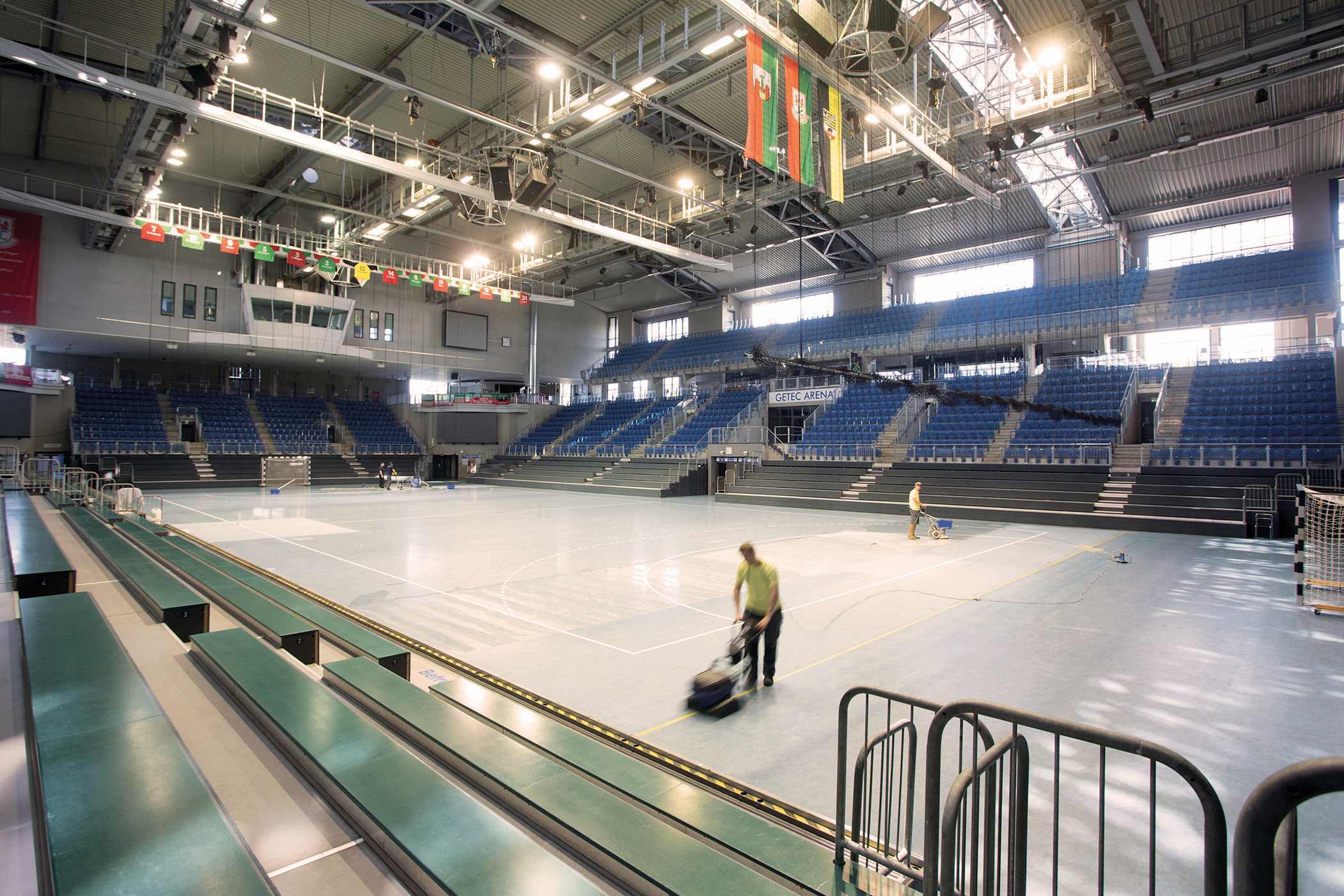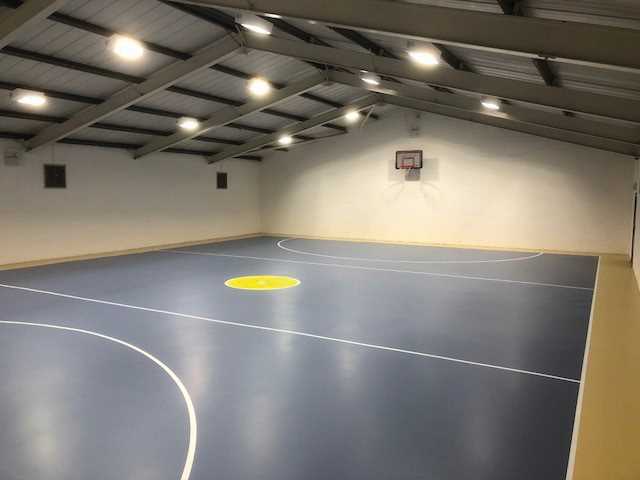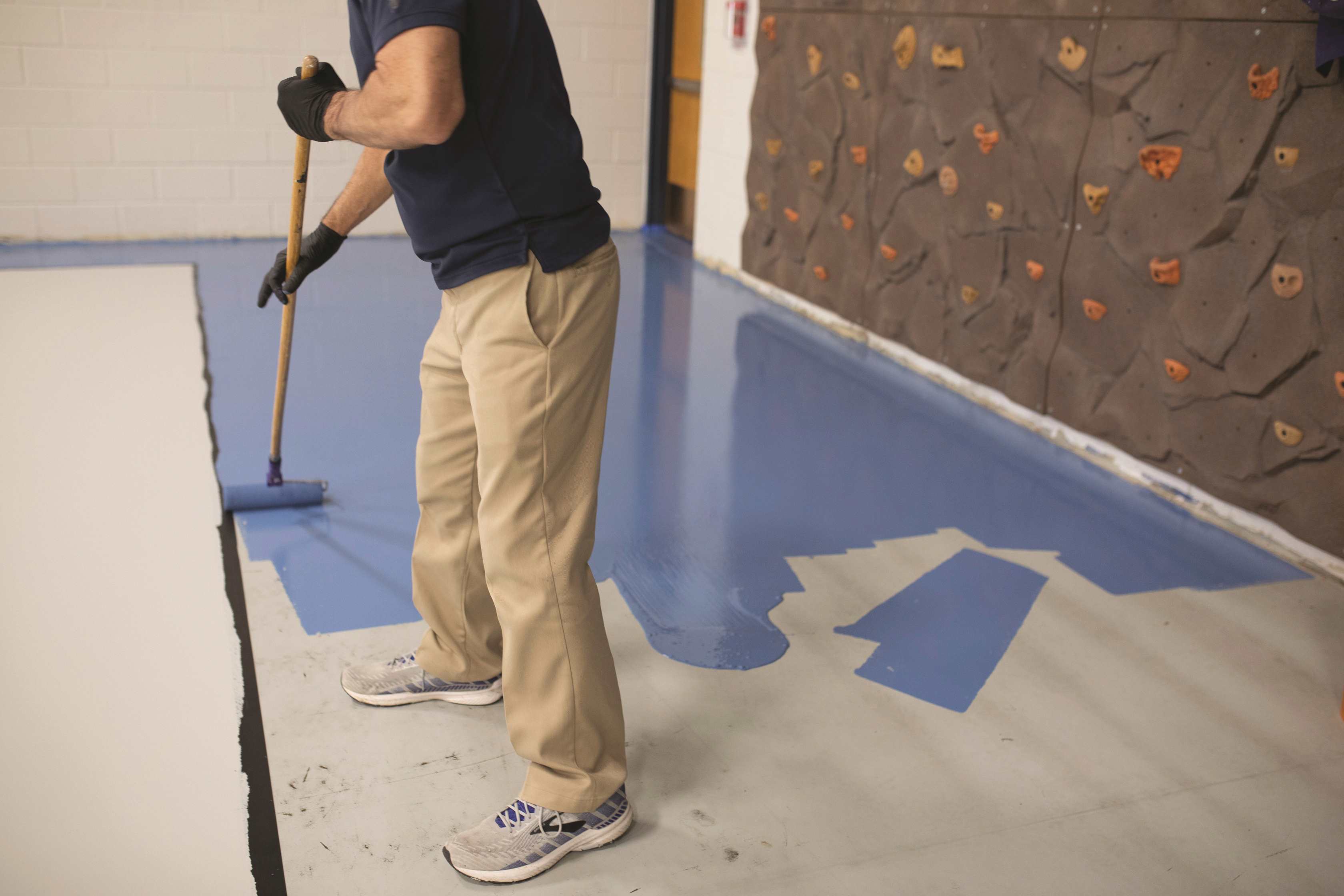
Tony Peak, sales manager at flooring solutions company Bona, examines how renewinga resilient floor compares to stripping and polishing
ACROSS the fitness sector, vinyl, PVC, linoleum and rubber are the popular go-to choices for surfaces. Collectively termed ‘resilient flooring’, the durability and cost-effectiveness of these materials appeal greatly to organisations within the leisure sector, especially in spaces that experience high footfall and are subject to high impact. However, once the end of the floor’s life-cycle is reached or the surface is looking in need of a refresh, stripping and polishing the floor is the conventional way to restore the surface to its former glory.

Stripping and polishing a resilient surface does indeed revive the appearance and make it look as good as new, yet it generally requires the allocation of a substantial budget – budgets which, in today’s current economic climate, are repeatedly subject to tight scrutiny. In a bid to reach greater cost-savings, an alternative option has made it onto the radar of those with a keen eye for reducing spend; resilient floor renewal. Interest in resilient floor renewal has risen in recent years thanks to the range of attractive benefits it delivers.
Not only is resilient renewal a route to better value for money, but it boasts bonus points in terms of the environment and sustainability too. Whilst both stripping and polishing, and floor renewal, brightens the appearance of a surface, and prolongs a floor’s life, how do they fare side by side in terms of the cost? Before deciding which approach to take, it’s important to consider all factors that affect pricing. Staffing, materials and maintenance are the main cost areas for both stripping and polishing, and also renewal projects. So, let’s compare the two, based on a 1,000m2 floor across a 10-year period.
Maintenance schedule:
‘Not only is resilient renewal a route to bettervalue for money, but it boasts bonus points interms of the environment and sustainability too’
Staffing
The process of stripping and polishing a surface is highly laborious. Removing the build-up of dirt, old polish and coatings, and taking it back to its original ‘as new’ status before re-sealing with multiple layers, places significant demands on time. To keep the floor in optional condition, the entire process would need to be repeated four times every year, taking a total of 1,290 hours of labour. Renewal needs a staggering 70% less time, as it only requires a recoat once every three years, which equates to around 375 hours in total.
Materials Stripping and polishing must be undertaken more frequently than renewal, and therefore it requires more materials which in turn adds a further pull on resources. However, when a floor is renewed it no longer requires any stripping or polishing, and as it bypasses this step, savings of almost £20,000 are achievable.

Maintenance The maintenance programme for a floor that has been stripped and polished is far more complex than renewal. In addition to the routine procedure of a standard polish three times per year, in order to keep the surface in prime condition, a deep and top strip is also recommended up to four times across its life span. Remember too, the knock-on effect of a busy maintenance schedule – it means those areas within the facility will be out of use more frequently, causing an inconvenience to staff and customers. However, as renewal protects the surface in such a unique way, it only requires periodic maintenance. A recoat is only needed once every three years – it is a low maintenance choice with less downtime, which reduces any potential inconvenience to the facilities operations.
Total long-term savings
Overall, resilient floor renewal places fewer demands on the budget and delivers greater value for money for organisations within the leisure industry. Approximately £50,000 can be saved within a 10-year period by opting for a renewal over stripping and polishing – savings which can be redirected elsewhere within an organisation. With costs rising, there is growing interest in exploring new ways to give floors a fresh start whilst cutting costs but without compromising quality. Resilient renewal meets both demands and also delivers unexpected benefits – as well as the financial savings, it has significantly less impact on the environment. To restore a floor back to its original beauty and achieve long-term efficiency, resilient floor renewal is an easy, straight-forward option that does not demand a large investment of time, labour or money.

Comparing stripping and polishing with resilient renewal Hours of labour required:
Cost of materials: